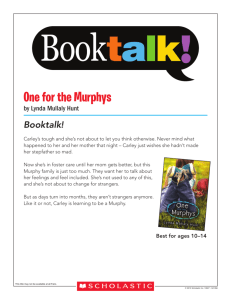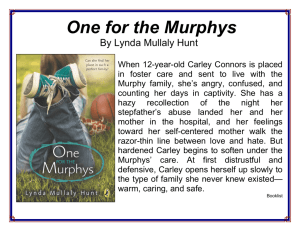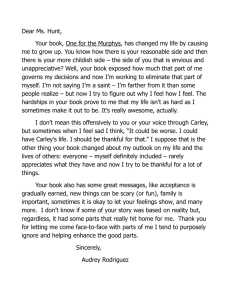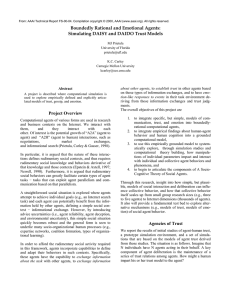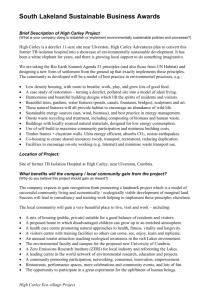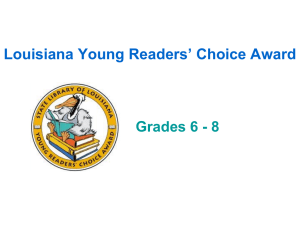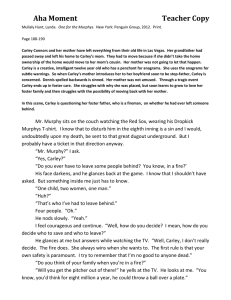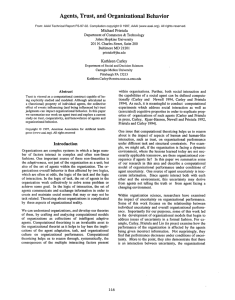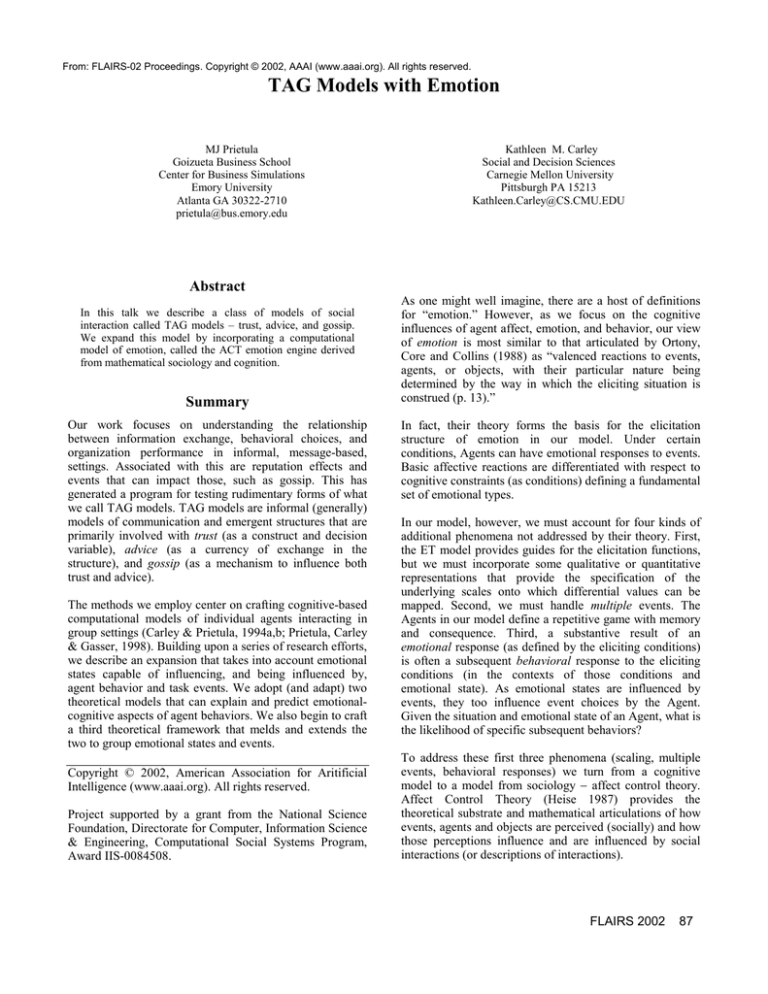
From: FLAIRS-02 Proceedings. Copyright © 2002, AAAI (www.aaai.org). All rights reserved.
TAG Models with Emotion
MJ Prietula
Goizueta Business School
Center for Business Simulations
Emory University
Atlanta GA 30322-2710
prietula@bus.emory.edu
Kathleen M. Carley
Social and Decision Sciences
Carnegie Mellon University
Pittsburgh PA 15213
Kathleen.Carley@CS.CMU.EDU
Abstract
In this talk we describe a class of models of social
interaction called TAG models – trust, advice, and gossip.
We expand this model by incorporating a computational
model of emotion, called the ACT emotion engine derived
from mathematical sociology and cognition.
Summary
Our work focuses on understanding the relationship
between information exchange, behavioral choices, and
organization performance in informal, message-based,
settings. Associated with this are reputation effects and
events that can impact those, such as gossip. This has
generated a program for testing rudimentary forms of what
we call TAG models. TAG models are informal (generally)
models of communication and emergent structures that are
primarily involved with trust (as a construct and decision
variable), advice (as a currency of exchange in the
structure), and gossip (as a mechanism to influence both
trust and advice).
The methods we employ center on crafting cognitive-based
computational models of individual agents interacting in
group settings (Carley & Prietula, 1994a,b; Prietula, Carley
& Gasser, 1998). Building upon a series of research efforts,
we describe an expansion that takes into account emotional
states capable of influencing, and being influenced by,
agent behavior and task events. We adopt (and adapt) two
theoretical models that can explain and predict emotionalcognitive aspects of agent behaviors. We also begin to craft
a third theoretical framework that melds and extends the
two to group emotional states and events.
Copyright © 2002, American Association for Aritificial
Intelligence (www.aaai.org). All rights reserved.
Project supported by a grant from the National Science
Foundation, Directorate for Computer, Information Science
& Engineering, Computational Social Systems Program,
Award IIS-0084508.
As one might well imagine, there are a host of definitions
for “emotion.” However, as we focus on the cognitive
influences of agent affect, emotion, and behavior, our view
of emotion is most similar to that articulated by Ortony,
Core and Collins (1988) as “valenced reactions to events,
agents, or objects, with their particular nature being
determined by the way in which the eliciting situation is
construed (p. 13).”
In fact, their theory forms the basis for the elicitation
structure of emotion in our model. Under certain
conditions, Agents can have emotional responses to events.
Basic affective reactions are differentiated with respect to
cognitive constraints (as conditions) defining a fundamental
set of emotional types.
In our model, however, we must account for four kinds of
additional phenomena not addressed by their theory. First,
the ET model provides guides for the elicitation functions,
but we must incorporate some qualitative or quantitative
representations that provide the specification of the
underlying scales onto which differential values can be
mapped. Second, we must handle multiple events. The
Agents in our model define a repetitive game with memory
and consequence. Third, a substantive result of an
emotional response (as defined by the eliciting conditions)
is often a subsequent behavioral response to the eliciting
conditions (in the contexts of those conditions and
emotional state). As emotional states are influenced by
events, they too influence event choices by the Agent.
Given the situation and emotional state of an Agent, what is
the likelihood of specific subsequent behaviors?
To address these first three phenomena (scaling, multiple
events, behavioral responses) we turn from a cognitive
model to a model from sociology − affect control theory.
Affect Control Theory (Heise 1987) provides the
theoretical substrate and mathematical articulations of how
events, agents and objects are perceived (socially) and how
those perceptions influence and are influenced by social
interactions (or descriptions of interactions).
FLAIRS 2002
87
Finally, the last phenomenon we explore is the collective
effect of the previous three phenomena over time. Though
informal considerations of “group emotions” have often
been discussed, little empirical or theoretical guidance is
provided for rigorously defining and predicting collective
emotional states and behavior as we are considering them.
To this end, we are striving to define such models, metrics
and theoretical apparatus that can subsume the set of
phenomena and explanations woven in the models we are
crafting and the theoretical stance we are adopting. We
explore the extent to which ACTS theory (Carley &
Prietula, 1994b) may provide such an integrative
theoretical framework.
We will demonstrate the fundamental TAG software called
TrustMe (Prietula, 2002) and indicate how the ACT
emotion engine is being integrated into the model.
88
FLAIRS 2002
References
Carley, K. & M. Prietula (Eds.) (1994a). Computational
Organization Theory. Hillsdale, NJ: Lawrence Erlbaum.
Carley, K. & M. Prietula (1994b). ACTS Theory:
Extending the Model of Bounded Rationality. In K. Carley
and M. Prietula (Eds.), Computational Organization
Theory (pp. 55-87). Hillsdale, NJ: Lawrence Erlbaum.
Heise, D. (1987). Affect control theory: Concepts and
model. Journal of Mathematical Sociology, 13(1-2), 1-33.
Ortony, A., G. Clore & A. Collins (1988). The Cognitive
Structure of Emotions. Cambridge, England: Cambridge
University Press.
Prietula, M. (2002). TrustMe 1.0: A Social Simulation of
Trust, Advice and Gossip.
Prietula, M., K. Carley & L. Gasser (Eds.) (1998).
Simulating Organizations: Computational Models of
Institutions and Groups. Cambridge,MA: AAAI/MIT
Press.

